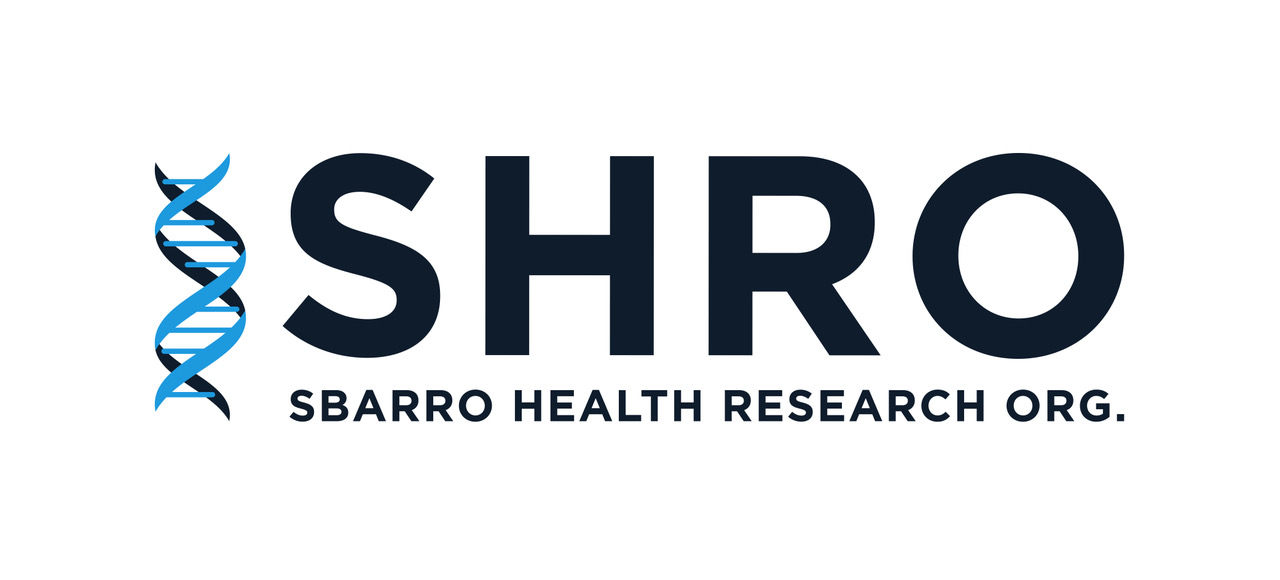Newswise — Tissue microarrays consist of hundreds of tiny little pieces of normal or pathological tissues that are spotted onto a slide in an orderly fashion allowing for the simultaneous processing and analysis. The brilliant idea for such an arrangement of biological specimens dates back to the eighties when H. Battifora conceived the first multi-tissue paraffin block applied to the immunohistological analysis of tumor samples. The method, which has been refined over time, is based on the use of specimens that are embedded in paraffin blocks, which represent one of the most common and routinely used way for the study and long-term storage of human tissues. Among the countless advantages of this method in fact there is the possibility to use a multitude of archival materials for large-case studies with a tremendous increase in statistical power. Moreover, by laying on the same slide, samples are exposed to identical experimental conditions, which increases the reproducibility of the results and make more reliable the comparisons among different cases. The technique is also cost-effective because smaller amounts of reagents are required with respect to singleton analyses and, additionally, it saves time (for running the experiment and for its subsequent analysis).
TMAs have found in these decades many useful applications. Originally thought for immunohistochemical studies at the protein level, their use rapidly expanded for the in situ analysis of DNA and RNA. Today, TMAs represent an essential tool for modern pathology and are widely used for basic, preclinical and translational research approaches. The high throughput analysis of TMAs allows to obtain a molecular profile of hundreds of patients at the same time, which helps to identify biomarkers associated to specific diseases or disease stages. «TMAs have expanded translational research, enabling large-scale biomarker and disease progression studies leading to more informed and improved clinical hypotheses», says Pasquale De Blasio, Managing Director of ISENET (www.isenet.it) and President of ISENET-USA LLC (a spin-off of the ISENET based in Italy, which is a leader in TMA technology with special attention to cancer research). By coupling the data achieved through TMA analyses with the clinical information on patients it is also possible to evaluate the predictive power of specific biomarkers in terms of chances to respond to a certain therapeutic treatment. «The routine use of TMA technology accelerates studies seeking the association between molecular changes, clinical endpoints and validation of novel biomarkers. Biomarker-driven personalized therapy, with particular reference to the detection of low frequency gene rearrangements, is very expensive if performed with conventional approaches» adds Dr De Blasio, who is also the Founder President of ESBB (European, Middle Eastern and African Society for Biopreservation and Biobanking) and Adjunct Professor at College of Science and Technology of Temple University in Philadelphia.
More recently, thanks to the technological progress, the TMA field is moving further ahead. In particular, advances in imaging and image-analysis technologies now allow for an objective assessment of biomarker expression and offer the opportunity for a standardization that is necessary in the diagnostic setting.
«We organized this upcoming workshop because it’s time to fully exploit the tremendous potential of TMAs. We will discuss with a panel of TMA experts the strategies to optimize the use of TMAs for research projects and their potential for diagnostic applications, providing practical examples through a specific hands-on session» says Antonio Giordano, Director and Founder of the Sbarro Health Research Organization at Philadelphia, PA (www.shro.org) and Professor of Pathology and Oncology at University of Siena, Italy. «We moved from a one-size-fits-all era of cancer therapy to the age of personalized medicine, tailored on each individual patient. Modern technologies such as TMAs are an invaluable tool to promote discoveries that will orient future personalized therapies»
